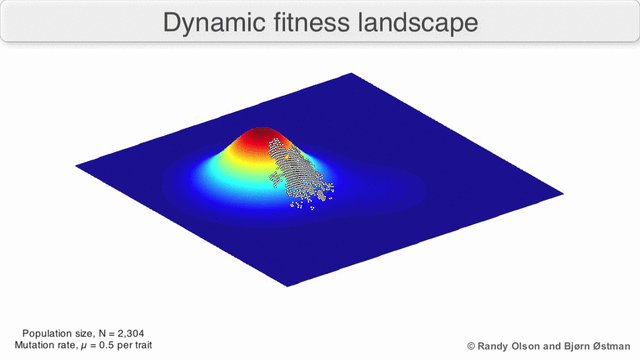Acompanho os jornais espanhóis há cerca de semana e meia (El País, ABC e El Mundo). Impressionante, todos dias um ou mais artigos sobre a situação de crise que varre a agricultura espanhola.
Aumento do salário mínimo para 950 euros, taxas alfandegárias nos Estados Unidos e abaixamento dos preços pagos pela distribuição grande estão entre os principais motivos avançados.
Ontem, no ABC encontrei "
El campo mira a los Países Bajos para solucionar su crisis" e fiquei a pensar num filme que tinha visto ao princípio da tarde sobre a crise de 2008. A certa altura perguntam a um cientista nuclear porque estava a trabalhar para uma empresa financeira. Ele responde que é tudo uma questão de números. Eis alguns trechos:
"En España hay más de 3.500 cooperativas (asociaciones de agricultores que producen conjuntamente y luego se reparten el beneficio), de las cuales casi un millar son de aceite, según datos del Observatorio Socioeconómico del Cooperativismo Agroalimentario.
...
Frente a esta dispersión, hay casos como el de Holanda, un país que, para la mayoría de las fuentes consultadas, es un ejemplo de organización en el campo. Hay pocas cooperativas pero grandes. Tiene cuatro que facturan lo mismo que las 3.500 españolas. Destacan Arla y Friesland Campina, por ejemplo, que son de las que más facturan en Europa.
...
Si en España hay 3.500 cooperativas, en Dinamarca hay 28. La facturación media de una cooperativa en nuestro país es de siete millones de euros mientras que en estos países está entre 300 y 400 millones.
...
«Una estrategia de integración de la actividad agraria permite reducir costes y mejorar la rentabilidad de los agricultores en dos direcciones: actuando sobre los costes de producción a través de compras conjuntas de carburantes, fitosanitarios, abonos, maquinarias, etc. y, de otro lado, participando de los procesos de transformación y comercialización de los productos», señala Aurelio del Pino, presidente de Aces, la asociación de cadenas españolas de supermercados."
Acham mesmo que o sucesso das cooperativas holandesas se deve só à dimensão? Acham que os produtos são os mesmos? Come on!
Quando se vende um produto básico, por mais produtivo que se seja, o que vende é o preço mais baixo.
O primeiro artigo que li foi no passado dia 3 no El País, "Crisis agraria":
"Las causas de fondo están en un mercado desequilibrado que opera siempre en contra de la renta de los agricultores sin que favorezca en demasía los intereses de los consumidores. Las grandes cadenas de distribución ejercen un dominio de mercado que les permite comprar a la baja a las pequeñas y medianas empresas dedicadas a la producción agraria. Este sistema ha acabado por deprimir las rentas y contribuir, junto a políticas de ayudas públicas mal diseñadas, a la persistencia en el campo de un minifundio empresarial, obligado en ocasiones a mantenerse vendiendo a pérdidas.
.
La crisis de la agricultura en España solo tiene una respuesta: aumentar la rentabilidad de las explotaciones agrarias y equilibrar las condiciones de mercado.
...
las explotaciones agrarias españolas tienen que aumentar de tamaño para ganar en competitividad. El campo español se merece estudios de rentabilidad, favorecer la creación de más cooperativas, oportunidades de venta directa a los consumidores, planes para elevar el valor añadido de la producción y mejores condiciones de empleo para asentar la población."
Sempre que penso em subir na escala de valor na agricultura recordo um exemplo, "
Agricultura com futuro" e este trecho:
""Instead of growing crops and then finding a buyer, Mr. Menzies said the farm had to start looking for customers first. The typical farm model is “backward to everything I ever did in the engineering and technology side,” he said in an interview. “We looked for a need and we filled it. And where we found that need was from the world.”"
Precisam de crescer e emparcelar terrenos? Quase de certeza.
A produzir o que já existe em excesso? Não me parece.
A tentar subverter a relação com a distribuição grande?
Esta imagem:
Retirada do ABC de ontem em "El campo español afronta la tormenta perfecta". Como não re
Entretanto, no Público de ontem podia ler-se:
"A produção de azeitona para azeite na campanha de 2019 deverá ultrapassar “as 900 mil toneladas”, “posicionando esta campanha como uma das mais produtivas dos últimos 80 anos”.
Se colocarem muitos entraves à distribuição grande ela deixa de comprar em Espanha e passa a comprar mais em Portugal.

























